
Most communities have a few K9 officers on their law enforcement teams, and the term “junkyard dog” is pretty obvious job description. Guard dogs have been part of virtually every culture on the planet, just as have hunting dogs. Dogs have always had jobs. And modern dogs have modern jobs.
One of the capabilities that gets dogs off the unemployment line is that sniffer. Many governmental agencies hire canine employees to sniff things out. Customs and Border Protection employs over 800 dogs, most specializing in a narrow spectrum of contraband detection.
One Customs and Border dog known as Crazy Joe, a Yellow Labrador Retriever pulled from a shelter for training, has an impressive tally for drug busts. Back as far as 2003, Crazy Joe had uncovered over eleven million dollars worth of illegal drugs and currency coming over the border into the United States. Some of the smugglers got quite creative, trying to baffle Joe, attempting to mask the scent of the contraband under hot peppers, black pepper, molasses and mothballs. Even the most powerful force in the universe didn't deter Joe . . . he found the goods encased in duct tape! Wine, cheese, meats, fruit, vegetables and an array of agricultural and food products are on the list of substances these dogs search out as they patrol borders and airports, as well as explosives and firearms.
Trained and certified scent dogs have been recognized as reliable evidence by U.S. courts of law.
One of the more bizarre job opportunities for a dog is sniffing termites and bedbugs. Pest control companies are discovering that some dogs are reliable and quick at finding household pests that can't be readily seen, cutting down on the time it takes to do an accurate inspection and find problems without having to open up unnecessary holes in walls and floors, and a floppy eared, long nosed, earnest eyed Basset is a much more attractive tool than a wrecking bar.
Dogs' noses and ability to differentiate between smells put them far ahead of mechanical and electrical/electronic equipment, as does their self-propulsion. That last ability is kind of handy for tracking and search and rescue, two of the more familiar and glamorous lines of work.
The big, jowly, noble and solemn Bloodhound with his nose to the ground searching for the lost one in the woods is a romantic picture. The Bloodhound is commonly acknowledged as the premier scenting dog, but the breed is not the only one with a talent for tracking. Other long nosed breeds with long ears and pendulous flews also excel. The Basset is an example, used when speed is not an issue. When speed or athleticism is a factor or the search is likely to meet with resistance or in an environment where a tracking dog needs to do double duty as a guard dog, the Fila Brasileiro is the scent dog of choice.
Scent dogs work in capacities other than tracking and exposing contraband and bugs. Depending on the individual dog's propensity, they can detect leaks of different hazardous gasses, even human diseases. Diabetes and various cancers are already getting early diagnosis thanks to dogs' ability to detect infinitesimal differences in smells and alert us to them. Cancer sniffing dogs have reliably detected lung and breast cancer by smelling subjects' breath, bladder, colon and prostate cancers as well as melanomas. One of the most interesting facets of this “work” is that regular pet dogs have detected these diseases in their owners and have shown signs of anxiety and some of the same behaviors they would present upon being confronted with any threat to their owners.
There has always been traditional work for dogs on farms, eradicating barn rats, herding livestock and guarding, but now some farmers are using dogs to let them know when their breeding stock -- cows, sheep, horses -- are coming into estrus, saving the farmer a great deal of guesswork.
And one thing about these dogs -- they seem to thoroughly enjoy their work.
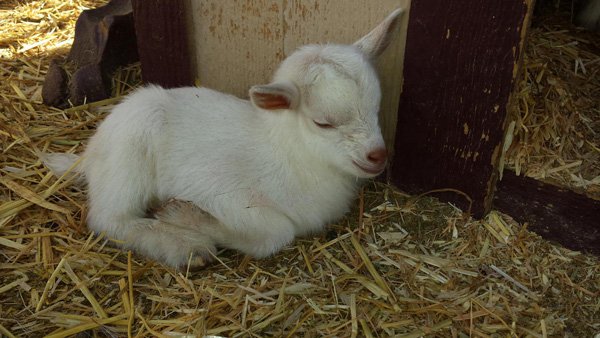 Top Quality Pet Toys Can Be Bought Cheaply
Top Quality Pet Toys Can Be Bought Cheaply
You
Top Quality Pet Toys Can Be Bought Cheaply
Top Quality Pet Toys Can Be Bought Cheaply
You
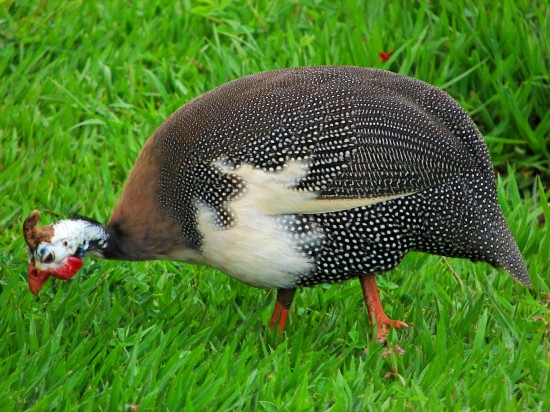 The Joys Of Keeping Guinea Fowl
The Joys Of Keepi
The Joys Of Keeping Guinea Fowl
The Joys Of Keepi
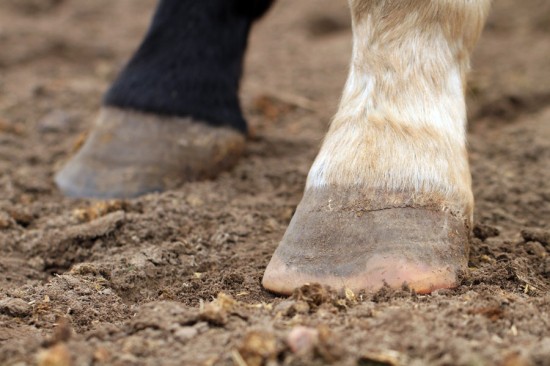 Understanding Laminitis - An Essential Horse Owners Guide
Understanding Lam
Understanding Laminitis - An Essential Horse Owners Guide
Understanding Lam
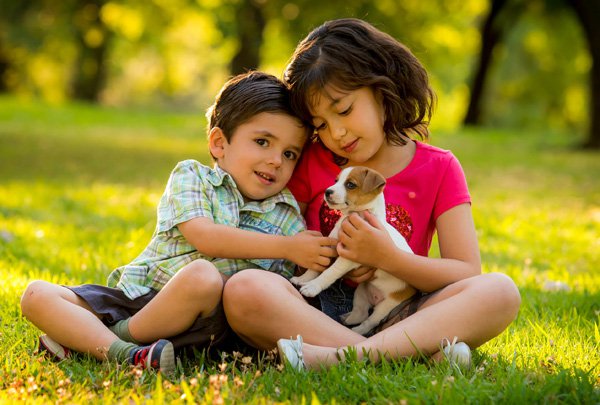 Reasons for You to Build and Design Chicken Runs for Your Chicken
Reasons for You to Build and Design Chicken Runs for Your
Reasons for You to Build and Design Chicken Runs for Your Chicken
Reasons for You to Build and Design Chicken Runs for Your
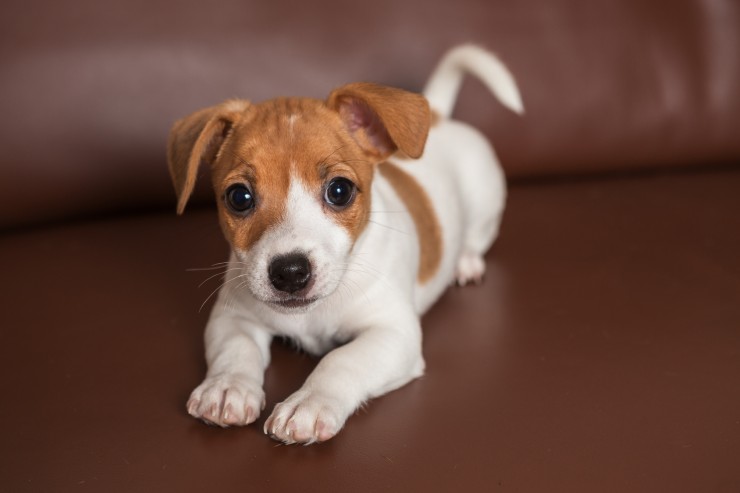 Additional Dog Care Factors To Bear In Mind If You Live In A Flat
Additional Dog Ca
Additional Dog Care Factors To Bear In Mind If You Live In A Flat
Additional Dog Ca
Copyright © 2005-2016 Pet Information All Rights Reserved
Contact us: www162date@outlook.com